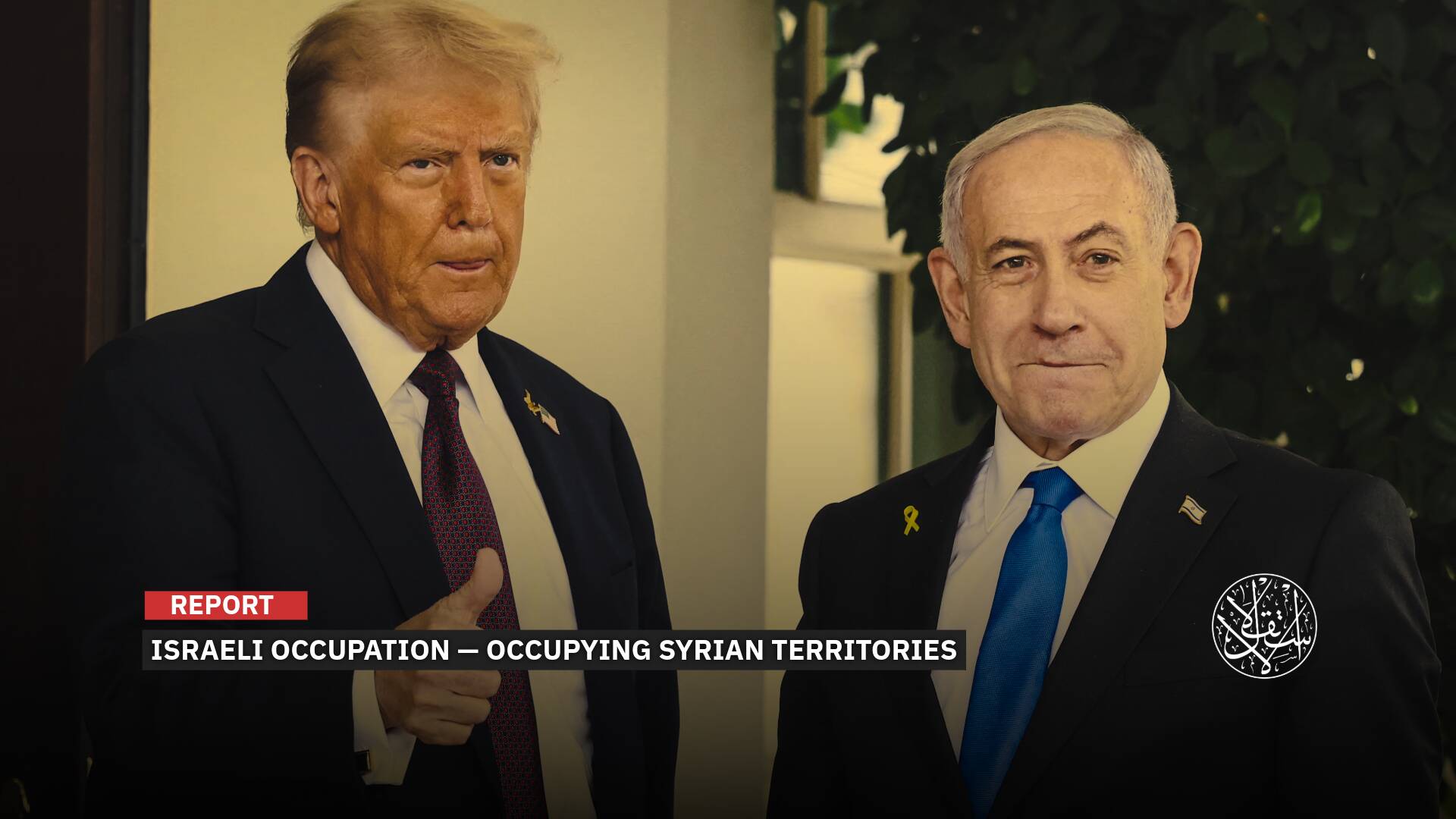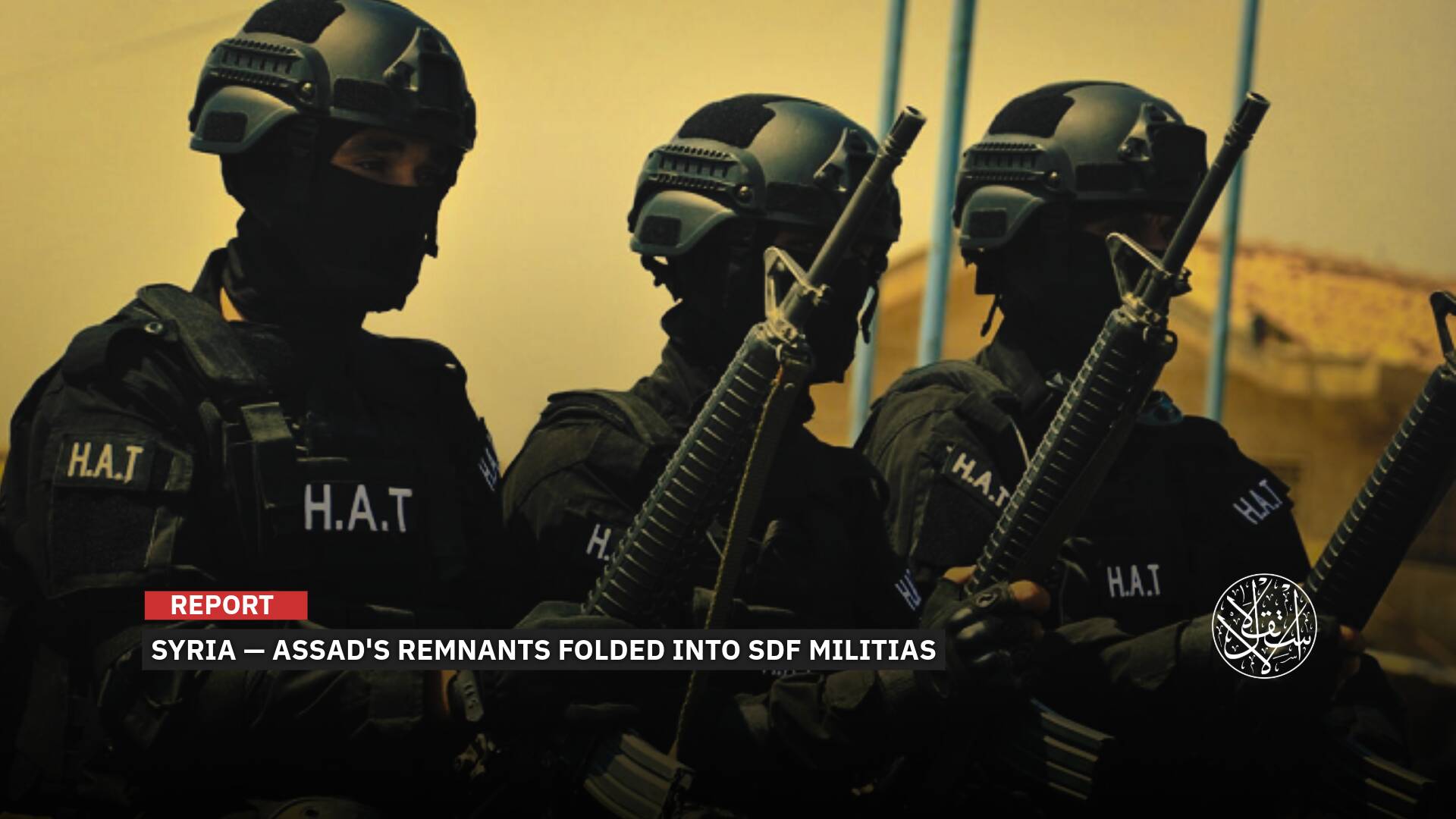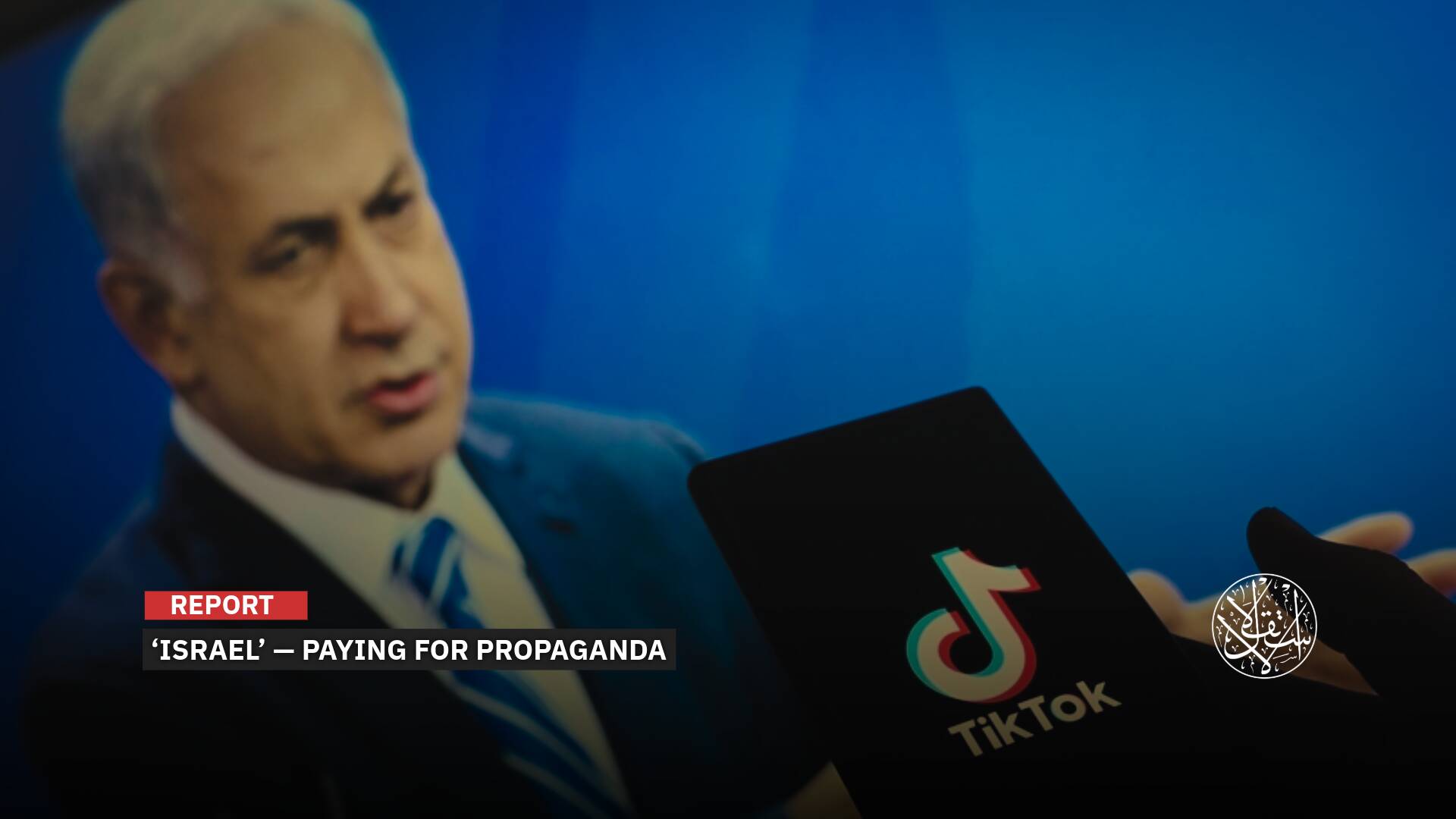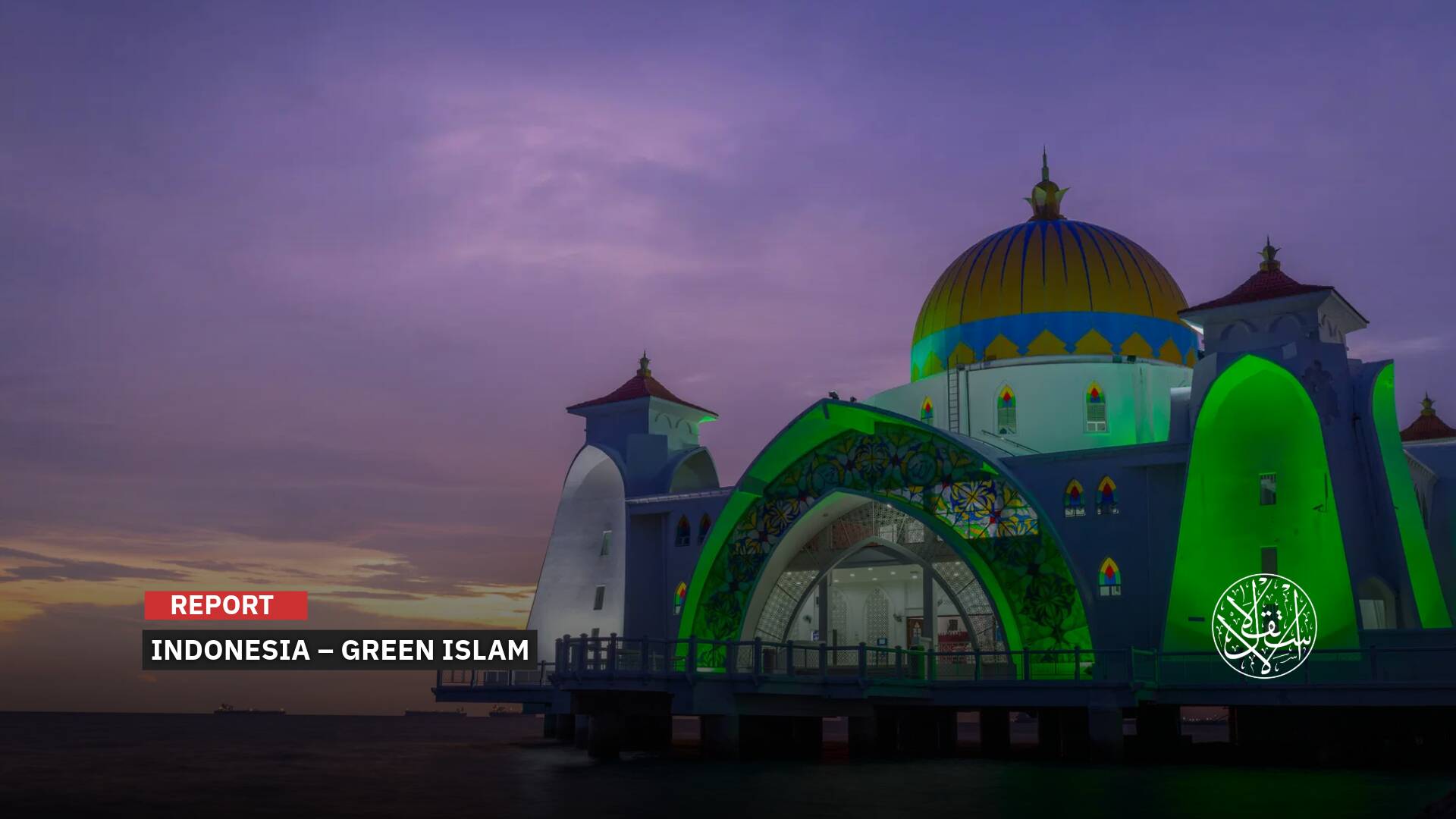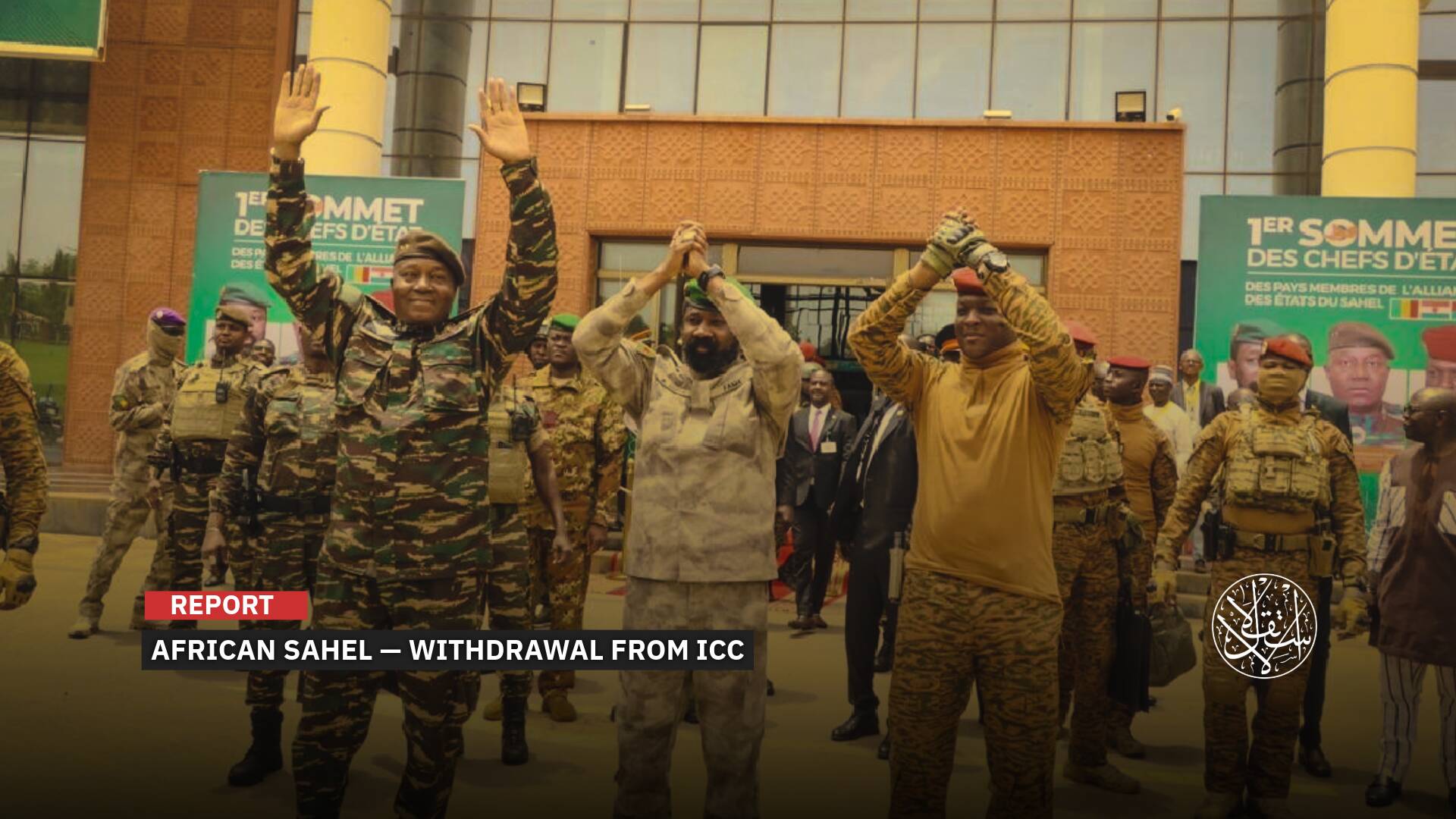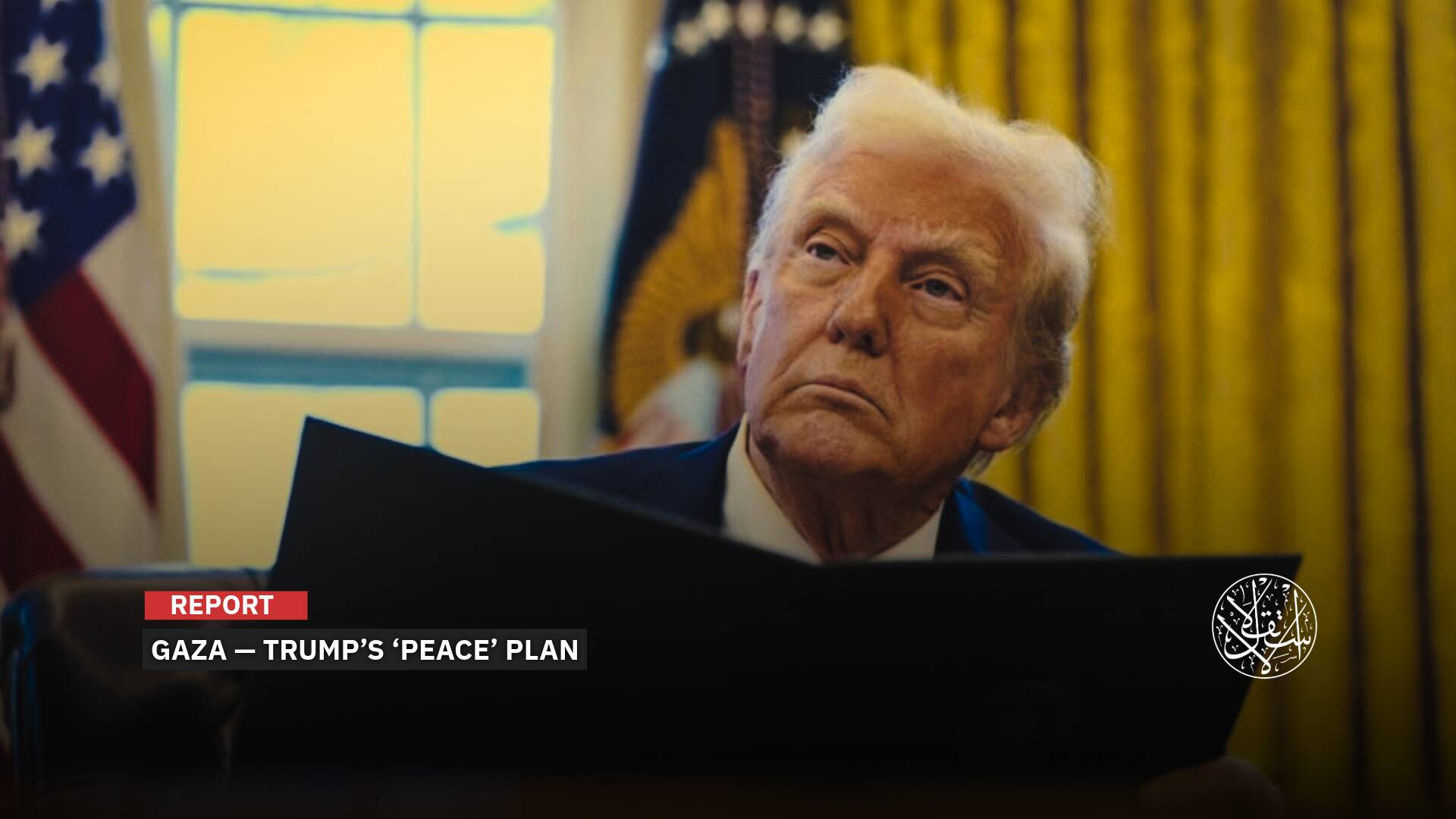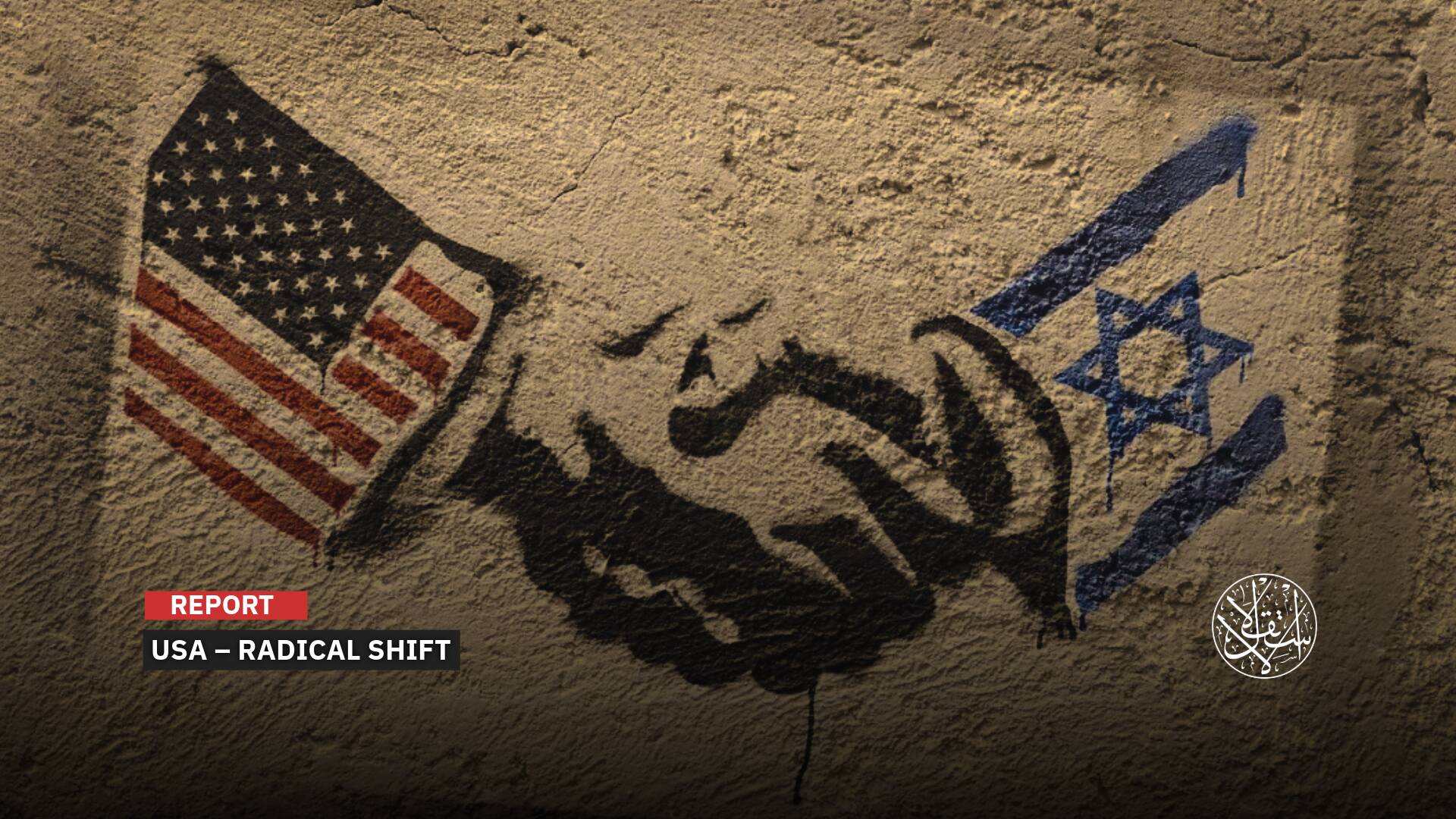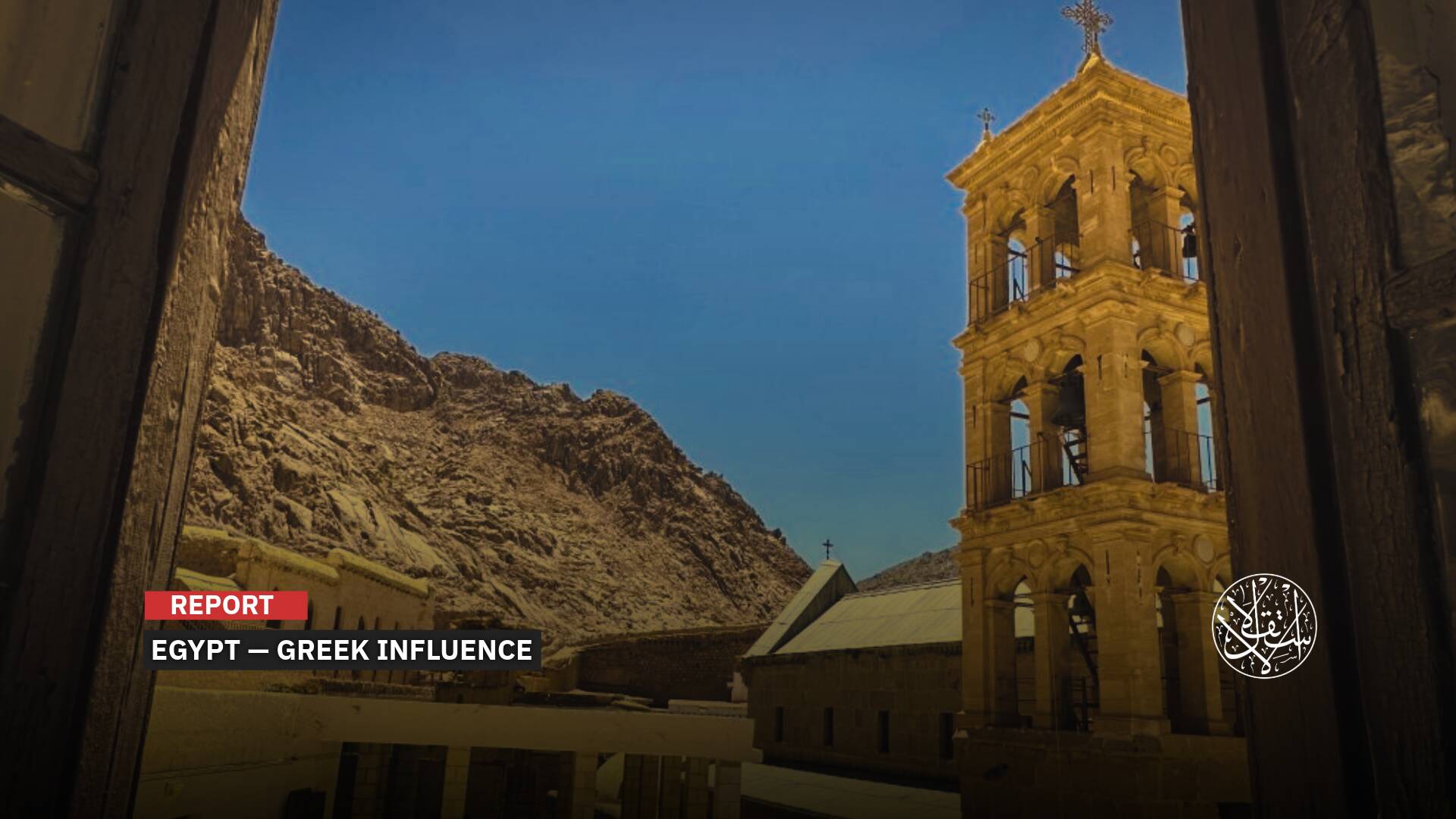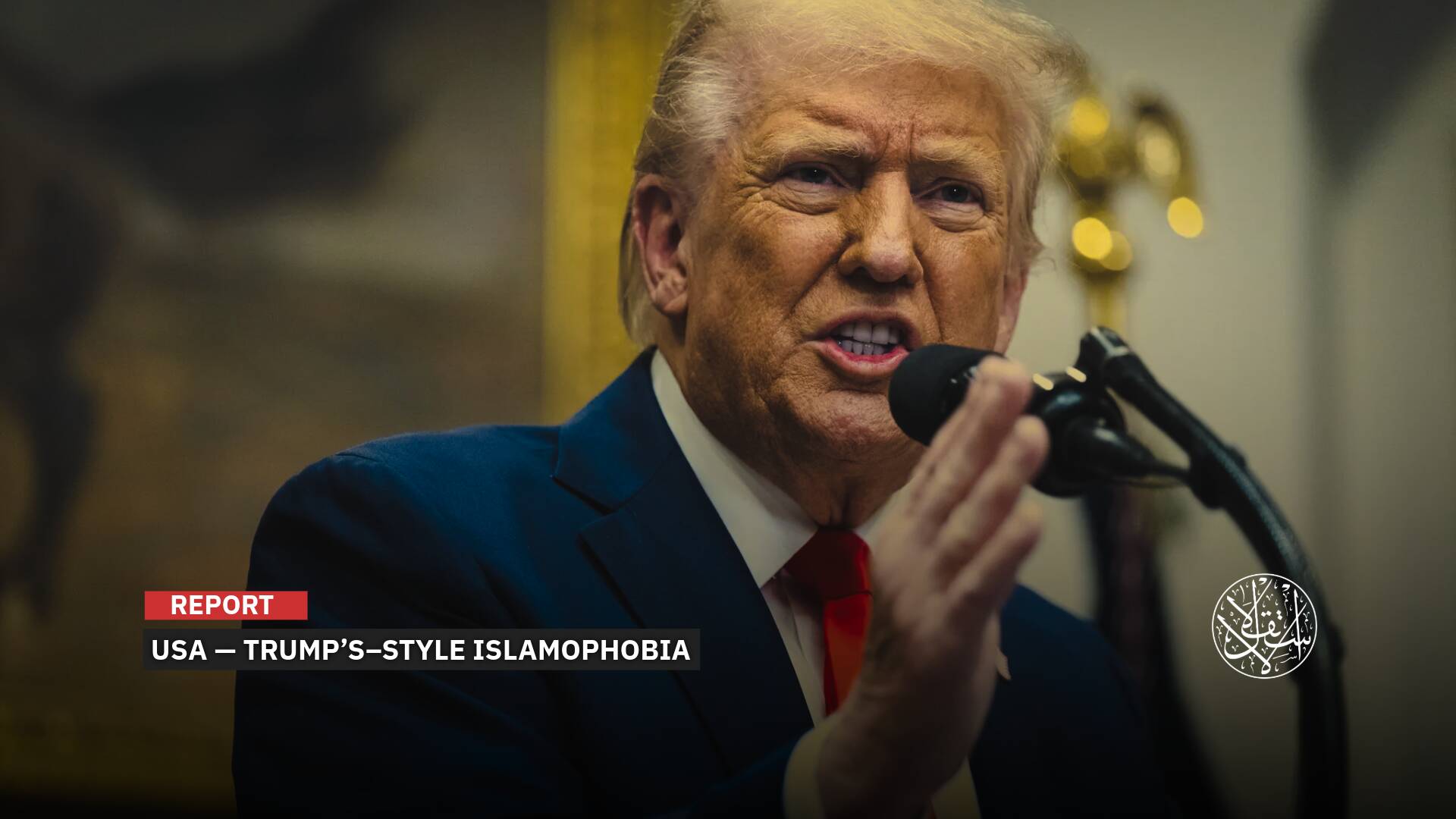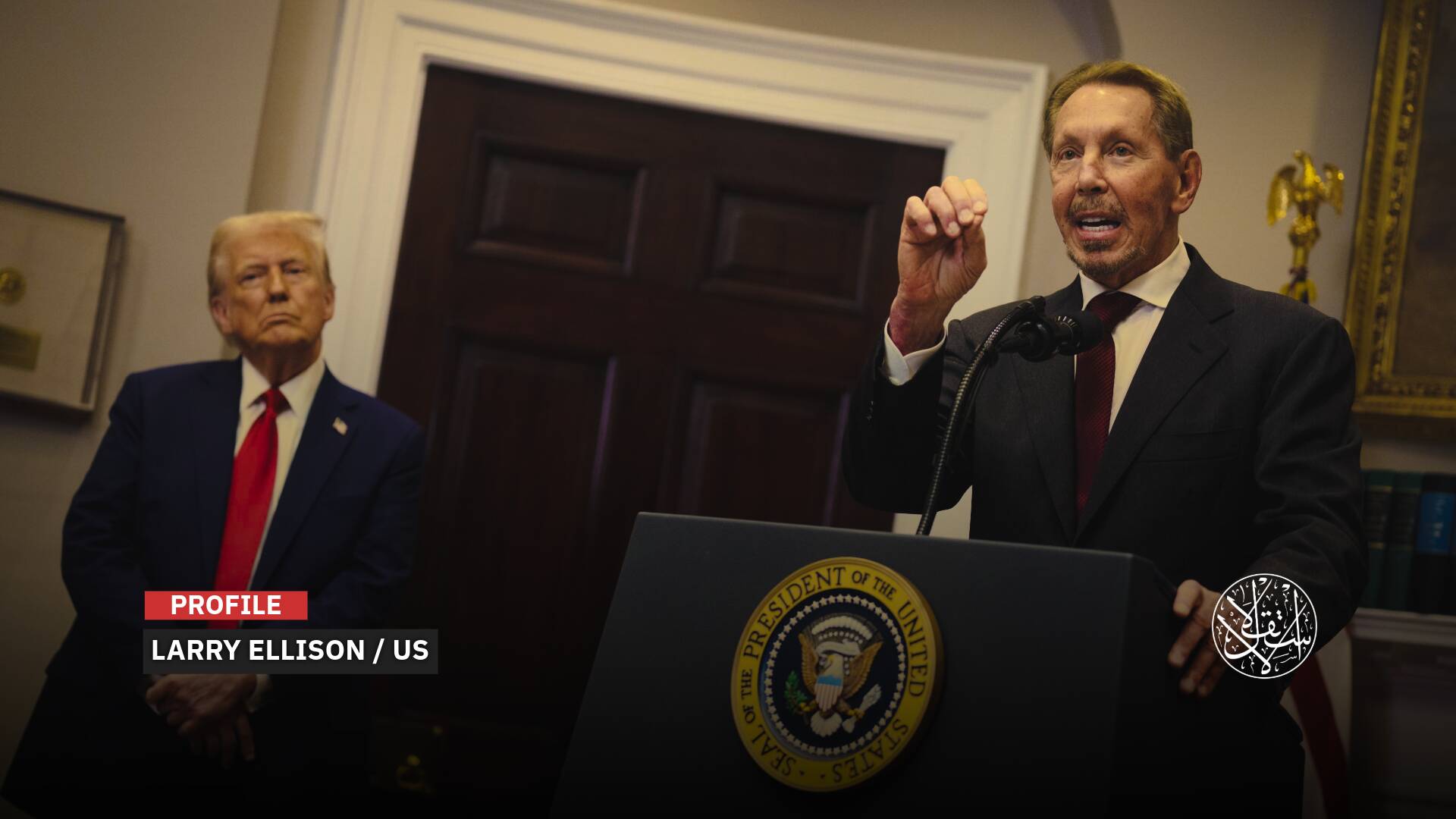How the Israeli Occupation Exploited Hezbollah’s Involvement in Syria?

Hezbollah's involvement in Syria's war made it open to surveillance by Israeli and American drones.
Over the past 12 years, Hezbollah’s military strategy has undergone a profound transformation, largely driven by its decision to send fighters to defend the Assad regime in Syria.
Once a movement centered on its opposition to the Israeli occupation, Hezbollah shifted its focus toward combating what it frames as terrorism.
In its discourse, the organization differentiates between audiences, speaking of a fight against “Takfiris” to Arab and Muslim populations, addressing Western audiences with a narrative of anti-terrorism, and framing its role as one of border protection to its Lebanese constituency.
Semi-Army
Initially, Hezbollah spent over a year publicly denying its involvement in Syria. But when it finally acknowledged its role, two strategic objectives became clear: preserving a stable front with the Israeli occupation and redirecting its military efforts toward Syria’s opposition forces.
This shift not only positioned Hezbollah as a participant in a sectarian conflict but also diverted its resources away from the group’s long-standing fight against the Israeli occupation.
The toll of this reorientation has had significant implications, stretching Hezbollah's military capacity and shifting its internal dynamics.
In Syria, Hezbollah fighters engaged across numerous cities and regions, using Syrian territory as a training ground for new recruits.
Their operations alongside Russian and Iranian forces have contributed to the party’s growing arsenal of battlefield experience, adapting from its guerrilla roots to a more formalized military force.
However, the price of this military engagement has been steep. Despite claims of strategic gains, Hezbollah's intervention in Syria has come with heavy losses and growing vulnerabilities.
In particular, Hezbollah’s position in Lebanon has weakened, as its involvement in Syria has drained its capacity and led to significant losses of personnel.
The human cost has been staggering. Estimates suggest that between 2011 and 2018, Hezbollah lost around 2,500 fighters, including 10% of its most seasoned commanders and veterans, in addition to around 8,000 wounded.
By comparison, Hezbollah lost only about 1,200 fighters in its 18-year conflict with the Israeli occupation, from 1982 to 2000. This loss of key personnel has eroded the group’s military strength and resilience, with real losses potentially exceeding the official figures.
Beyond the battlefield, Hezbollah has also faced a growing security vulnerability. A study from the Washington Institute for Near East Policy, published in 2014, highlighted how Hezbollah's involvement in Syria fundamentally altered its approach to military planning and operations.
Unlike its confrontations with the Israeli occupation—marked by covert guerrilla tactics—Hezbollah’s engagement in Syria has forced the group to operate in a more conventional, exposed manner.
This shift included public boasts of forming an armored brigade and establishing fixed missile storage and transport sites. One senior Hezbollah figure acknowledged that the organization had morphed into a semi-regular army while fighting Syria’s opposition.
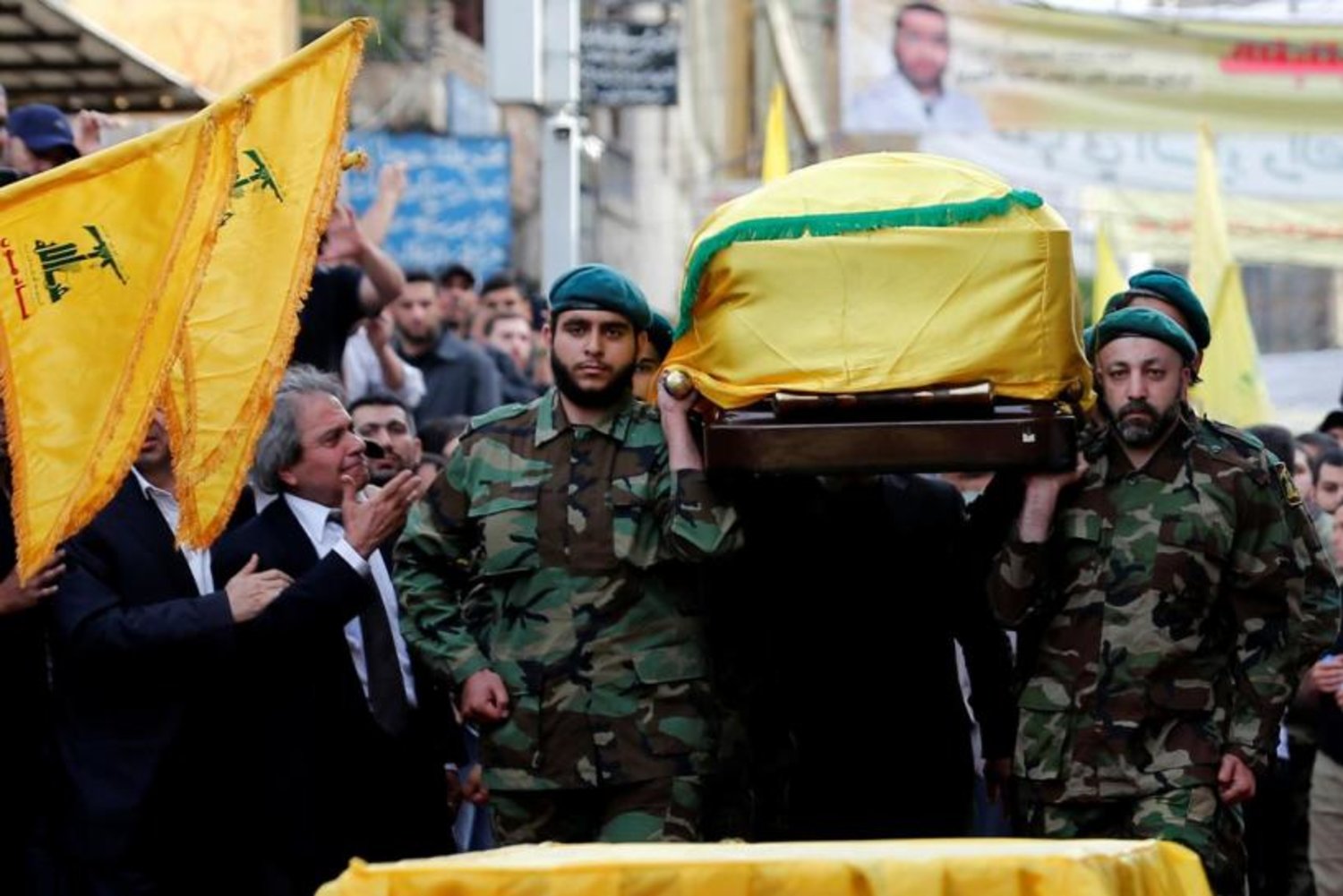
Operational Exposure
This operational exposure left Hezbollah open to surveillance by Israeli and American drones and intelligence agents, who monitored and collected data on its movements, personnel, and leadership.
The information gathered likely explains the Israeli occupation’s recent success in breaching Hezbollah’s security with unprecedented ease.
Compared to its well-honed security measures during its wars with the Israeli occupation in the 1990s and 2006, Hezbollah’s intelligence and counter-surveillance capabilities appear significantly diminished.
Over the years, Hezbollah’s positions in Syria were repeatedly targeted by the Israeli occupation, including strikes on the group’s top leadership.
This stands in stark contrast to its past, when Hezbollah’s formidable security measures made it difficult for adversaries to penetrate.
Today, the group’s vulnerabilities are all too apparent, leaving it more exposed than ever in its current confrontation with the Israeli occupation.
Since 2006, Hezbollah and the Israeli occupation have managed to avoid direct military conflict along the Israeli-Lebanese border, maintaining a tenuous balance of deterrence.
Both sides adhered to unwritten rules: Hezbollah limited its responses to the Shebaa Farms area, while the Israeli occupation refrained from disproportionate retaliation. This fragile equilibrium, sustained for nearly two decades, has come under pressure since Hezbollah’s involvement in Syria.
But Hezbollah’s focus on the Syrian war presented a strategic advantage to the Israeli occupation. Israeli military officials saw Hezbollah’s entanglement in Syria as a means to weaken the group on its Lebanese front, deplete its resources, and erode its regional support.
The 2006 war had demonstrated the difficulty of neutralizing Hezbollah's positions in Lebanon, but the Syrian conflict offered new opportunities for intelligence gathering.
As Hezbollah extended its footprint across Syria, its fighters, movements, and leadership became more exposed, enabling Israel to collect vital information about the group.
This intelligence advantage marked a significant shift from the pre-Syria era, where Hezbollah operated with greater secrecy.
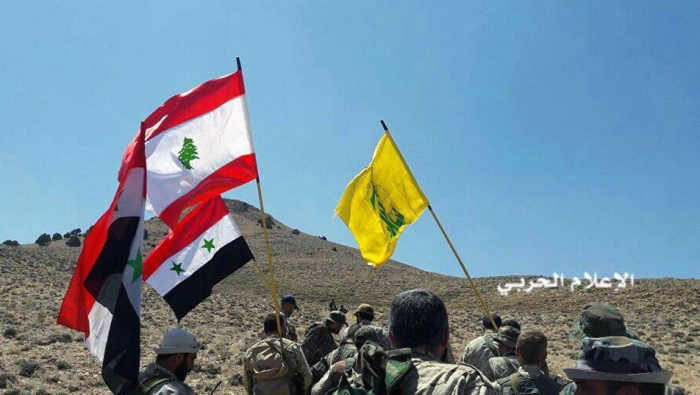
Difficult Position
Israeli airstrikes against Hezbollah targets in Syria have steadily increased since 2013, targeting weapons caches, supply lines, and high-ranking Hezbollah figures.
Israeli officials have celebrated these strikes as some of their most successful operations against Hezbollah, disrupting arms smuggling routes into Lebanon and eroding the group’s capacity to launch retaliatory strikes.
Notably, Hezbollah has chosen not to escalate in response to these attacks, maintaining its focus on Lebanon while remaining silent on Israeli strikes in Syria.
The U.S. also viewed Hezbollah’s involvement in Syria as an opportunity to weaken the group.
During the Obama administration, American policy largely tolerated Hezbollah’s role in Syria, limiting action to financial sanctions while occasionally cooperating with Hezbollah indirectly through the Lebanese army in counterterrorism efforts.
Hezbollah’s intervention in Syria has had significant reputational costs. Once seen by much of the Arab and Islamic world as a heroic resistance movement fighting the Israeli occupation, Hezbollah’s image has eroded.
Its support for the Assad regime transformed its identity from a champion of resistance to a sectarian militia.
In Syria, Hezbollah is now seen by many as a force complicit in the killing and displacement of civilians, a far cry from the broad support it once commanded.
This shift in perception is evident even in the current conflict with the Israeli occupation. While Hezbollah once relied on regional solidarity during confrontations with the Israeli occupation, the sympathy it once enjoyed has faded.
Syrians, in particular, view the group’s current difficulties with the Israeli occupation as a form of retribution for its actions in Syria.
This sentiment has rankled Hezbollah’s leadership, who may have hoped that renewed conflict with Israel would overshadow their role in the Syrian war.
Hezbollah’s long-standing involvement in Syria has exacted a heavy toll, both in terms of manpower and resources.
While the group gained combat experience and expanded its military capabilities, these gains have come at great cost.
The intervention has left Hezbollah overstretched, limiting its flexibility and freedom of action on multiple fronts. Domestically and regionally, the group faces mounting challenges.
Today, Hezbollah finds itself in a delicate position. Its ongoing presence in Syria, after more than a decade of fighting, complicates its ability to engage in a broader conflict with the Israeli occupation.
Rather than fighting for the Palestinian cause, Hezbollah’s current posture appears more focused on self-preservation and maintaining its credibility as a resistance force.
The group is acutely aware of the risks of straying beyond the implicit rules of engagement established after the 2006 war.
Hezbollah’s balancing act is clear. It seeks to maintain a minimum level of involvement in the Lebanese front, careful not to provoke a full-blown conflict but also wary of being seen as abandoning the resistance.
Any withdrawal from the conflict would be viewed as a political and moral defeat, inviting harsher conditions from both the Israeli occupation and the international community under U.N. Resolution 1701, which governs the security arrangements along the Israeli-Lebanese border.


